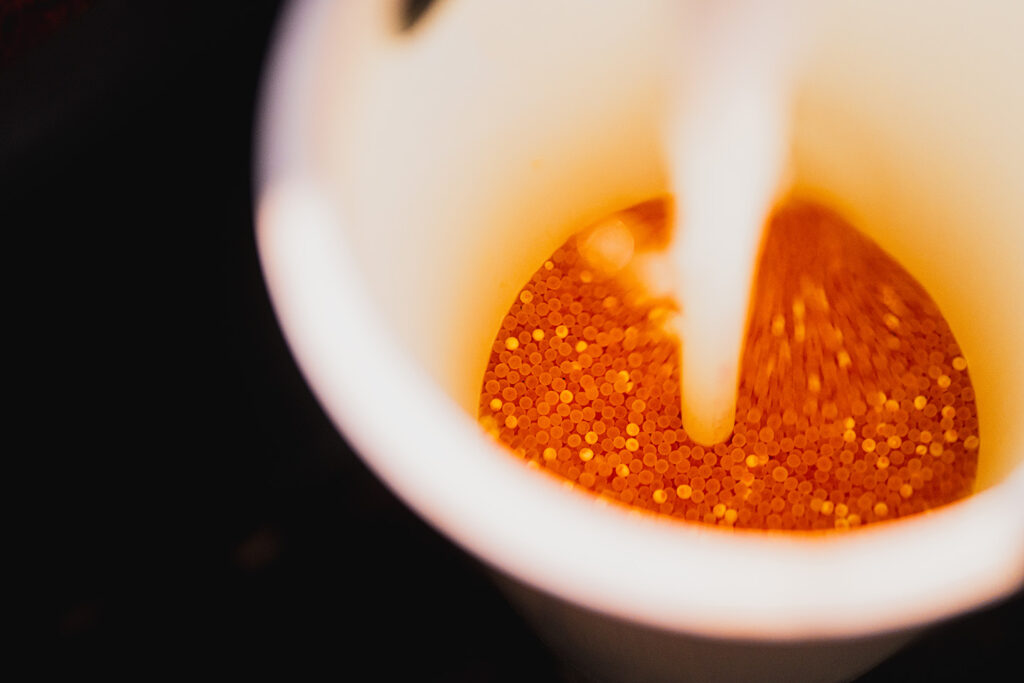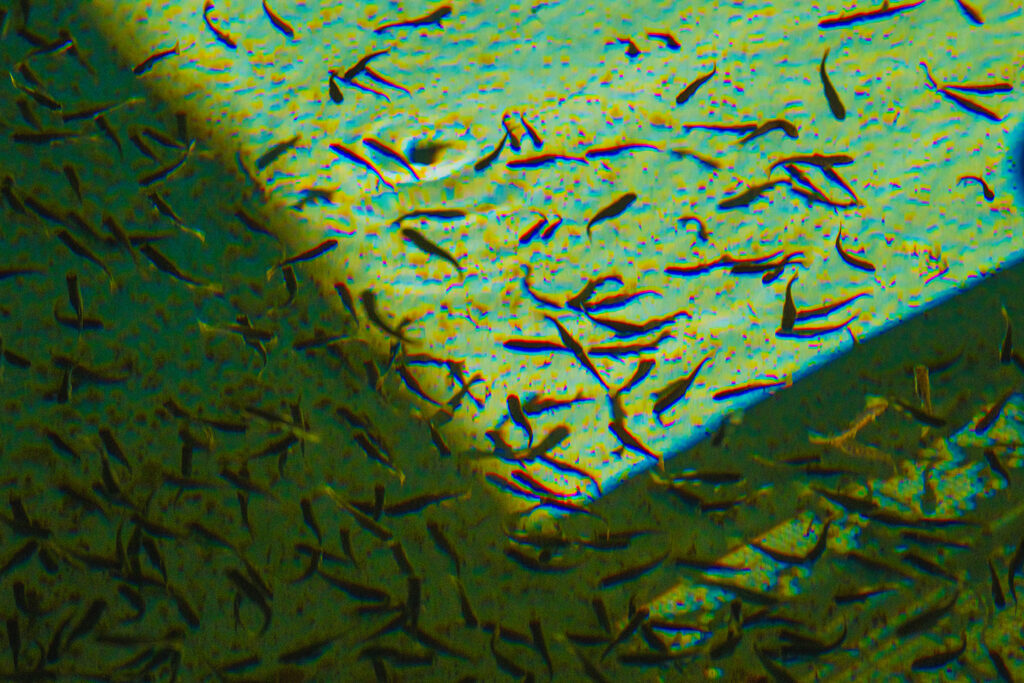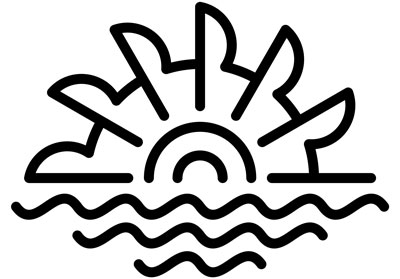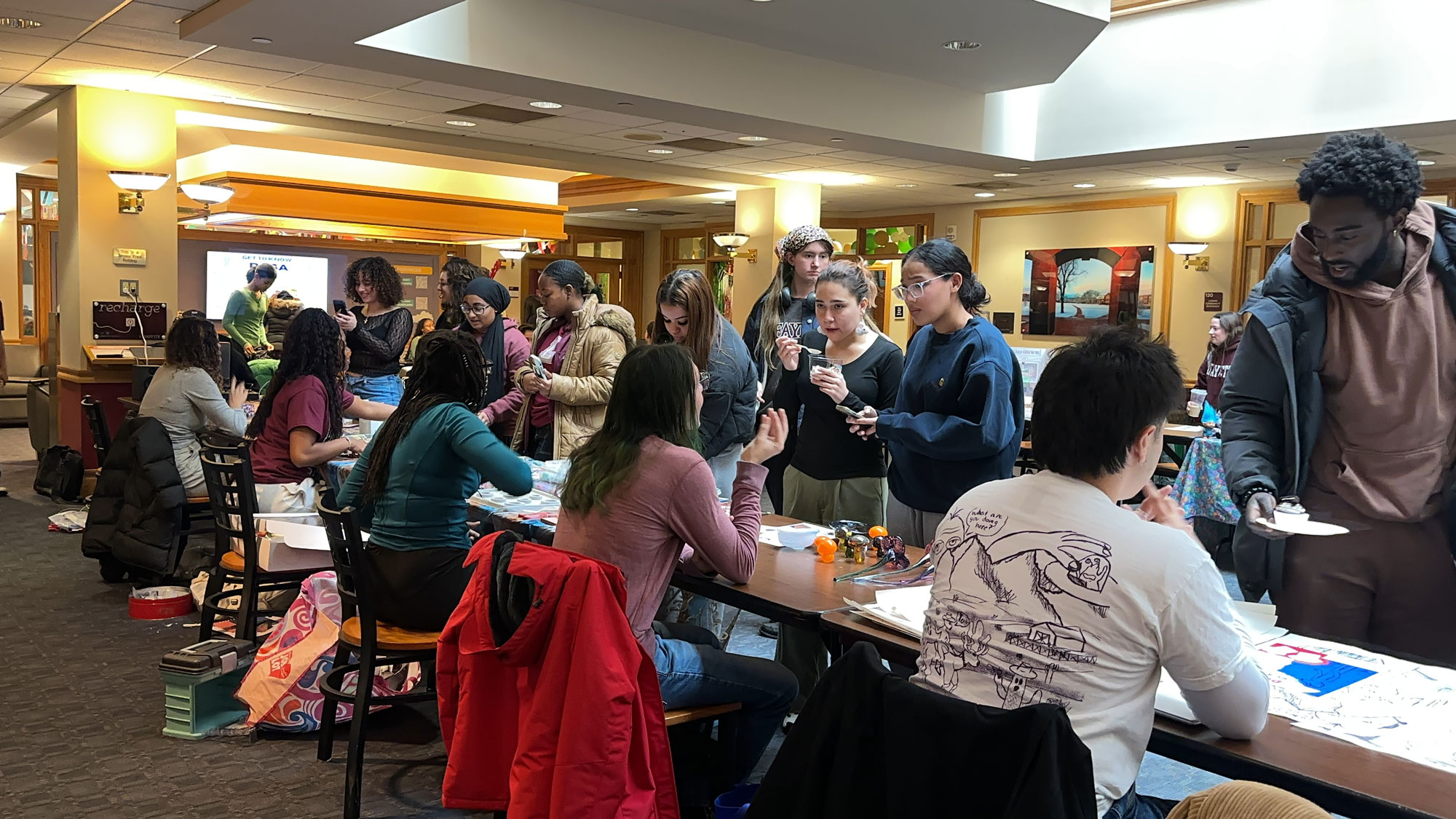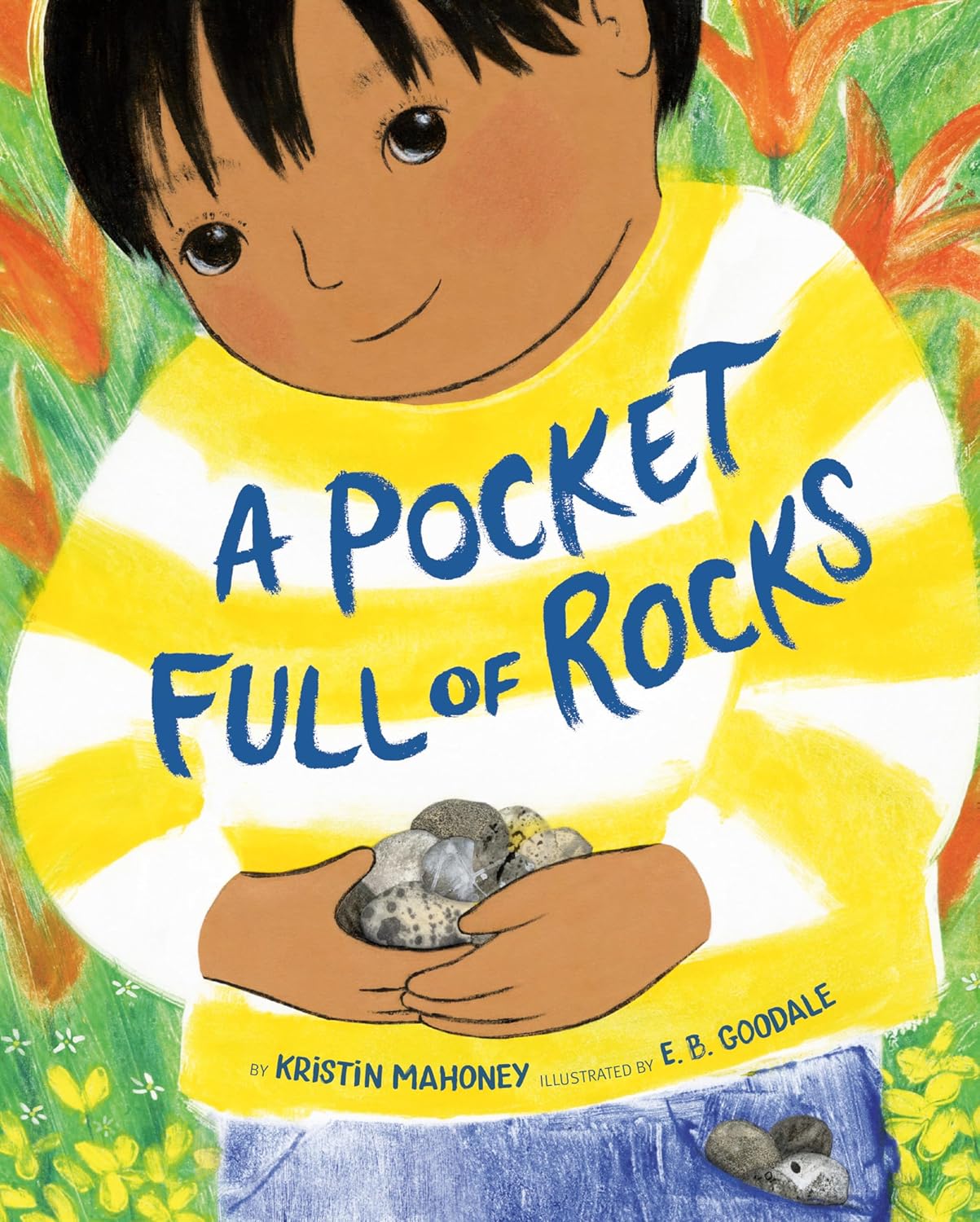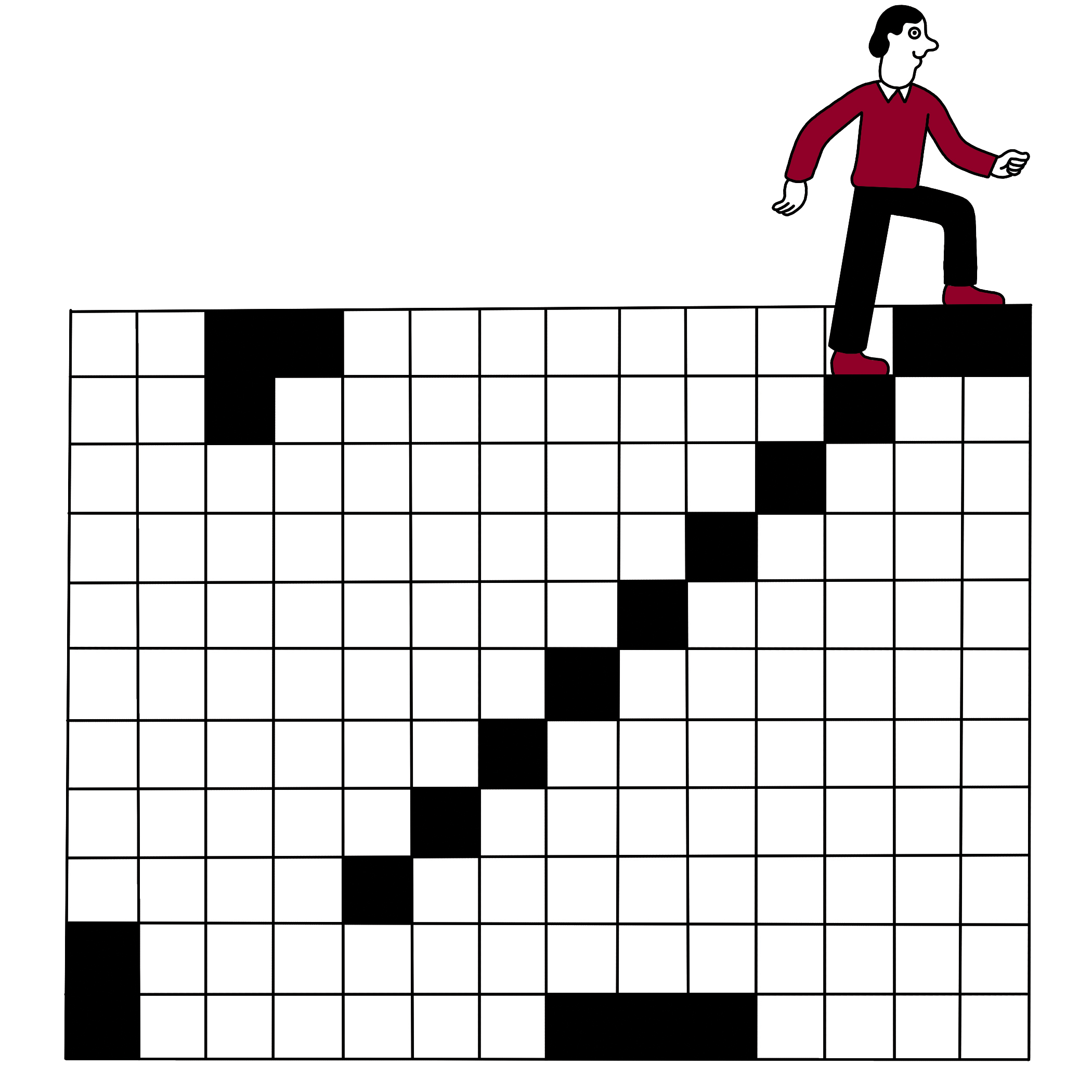Scaling up
Lafayette’s Tech Clinic modernizes a third-generation trout hatchery near the Poconos.
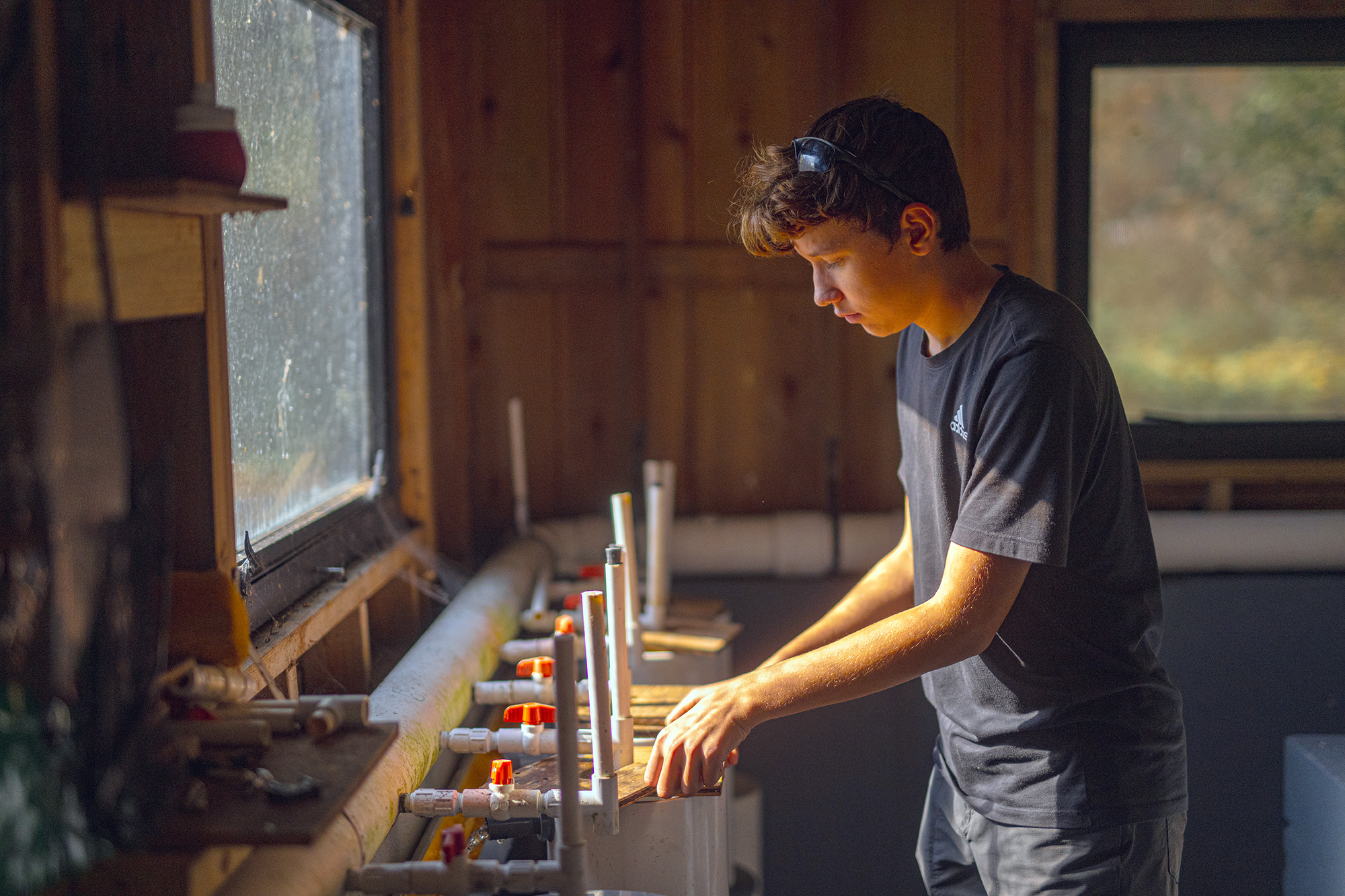
Bartosh’s son, Jameson, checks on the incubation jars inside the hatch house.
PhotoGRAPHS by Adam Atkinson
Happily, Ty Bartosh tosses a scoopful of fish pellets into a spring-fed holding pond, smiling radiantly as thousands of excited adolescent rainbow trout churn the water into a sparkling fountain of splashing fins and tails. “They’re my babies, grown from eggs and raised with love and respect,” says Bartosh, owner of Green-Walk Trout Hatchery in Washington Township, Pa. The hatchery was started in 1950 by his grandfather to supply fishing clubs and derbies, but Bartosh has broadened the business model by selling fresh trout to about 40 high-end restaurants in New York and Philadelphia. (He hand-packs his fish in ice and personally delivers them to customers.) His wife, Carly, and daughter Ella work by his side, feeding baby trout, cleaning the holding ponds, and inspecting pumps that oxygenate the water.
Pure water from artesian wells, springs, and the Greenwalk Creek percolates everywhere on this 300-acre property, surrounded by hickory, red oak, birch, and hemlocks, in the foothills of the Pocono Mountains. In all, the property has 80 ponds that support the growth of brook, brown, rainbow, golden rainbow, and tiger trout. Aware of the heritage he has inherited, Bartosh reached out to a nearby neighbor, Dan Bauer, professor emeritus of anthropology, to investigate ways to make the operation more sustainable.
Bauer enlisted the Technology Clinic, which he founded in 1988 to encourage students from diverse academic disciplines to work together on imaginative solutions for outside clients. “Whenever we’re dealing with the theoretical, we need to see how that works in a real-world setting,” Bauer says. “It is always more complex than it sounds like in class. With the Tech Clinic, you’re looking at challenges with interdisciplinary eyes and are more likely to come up with something that is new while connecting with the community.” Green-Walk has been one of Bauer’s favorite projects because it deals with wider environmental issues such as minimizing carbon impacts and developing sustainable business practices.
Joining Bauer throughout this past year were Christopher Ruebeck, associate professor of economics, and a team of students: Tara Amidon ’25 (international affairs and government & law); Wanos Bahiru ’25 (mathematics and economics); Rylee Bordwick ’25 (anthropology & sociology and environmental studies); Angela Busheska ’25 (electrical engineering and computer science); and Sean Walshe ’25 (civil engineering). “We’re thinking very specifically about how we can have the most impact on this business and the environment as possible,” Ruebeck says.
Last spring, the team welded together a water wheel made from a deconstructed 55-gallon steel drum and installed it on one of the raceways, connecting it to an alternator and battery to generate and store green energy. A new website also was developed to promote Green-Walk’s environmental initiatives as well as its products and services, and offer a virtual tour of the hatchery. And, in January, the group delivered a 65-page business report that detailed its recommendations, which included solar panels.
Inside the board-and-batten hatch house, Busheska and Walshe work on the alarm system, zeroing in on an inexpensive Wi-Fi-enabled infrastructure that receives signals from pressure sensors in the pump and automatically notifies Bartosh if a failure occurs. Between water wheel welding and assisting on the pump alarm, Walshe is enjoying the multidisciplinary teamwork. “Jumping back and forth between all of these tasks shows how all of these academic areas complement each other,” he says. “Civil engineering, electrical engineering, math, economics, the humanities, it just all ties together when you look at a project from a high level.”
Busheska, too, appreciates how the Tech Clinic leverages diverse perspectives. “You have two professors and five students with different backgrounds in the conversation,” she says, “and we’re here on the ground, outside of the classroom, helping improve this family business.”
Meanwhile, Bahiru has enjoyed understanding Green-Walk’s unique business needs as she developed the new website. “I’m seeing how this business works from the inside out and what makes it attractive to clients,” she says. And Bordwick and Amidon, who assessed the solar energy component and assisted with the website, embrace the holistic side of the project. “This was not about how to make more money or get more clients,” Bordwick offers. “It was truly about doing something good for the planet and future generations.”
Thankful for the the support, Bartosh envisions his trout hatchery as an outdoor classroom. “I’ve watched the eyes of Lafayette’s students light up when they think of the many possibilities here,” he says. “My grandfather would be proud.”

